When it comes to introducing pets to a family environment, reptiles often represent an interesting alternative to traditional furry companions. These fascinating creatures can offer children valuable lessons about responsibility, biology, and respect for wildlife. However, not all reptiles make suitable pets for households with young children. Some species require complex care, possess temperamental dispositions, or may even pose safety risks. This comprehensive guide explores the most child-friendly reptile options, considering factors such as temperament, handling requirements, size, and overall maintenance needs to help families make informed decisions about welcoming these scaly friends into their homes.
Bearded Dragons: The Friendly Ambassadors

Bearded dragons consistently rank as one of the most family-friendly reptile pets, earning their place through docile temperaments and interactive personalities. These Australian natives typically grow to about 18-24 inches in length, making them substantial enough to handle without being overwhelming for children. What truly sets bearded dragons apart is their remarkable tolerance for handling – most specimens become quite tame with regular, gentle interaction. They’re also diurnal (active during daylight hours), aligning with human schedules and allowing children to observe their fascinating behaviors when they’re most naturally active. Many bearded dragon owners report that their pets recognize family members and even enjoy sitting on shoulders or laps during family activities.
Leopard Geckos: Low-Maintenance Night Dwellers

Leopard geckos offer an excellent entry point into reptile keeping for families with children, particularly those with limited space. Rarely exceeding 10 inches in length, these charming geckos originate from arid regions across Afghanistan, Pakistan, and northwestern India. Unlike many reptiles, leopard geckos possess naturally docile dispositions and rarely display aggressive behaviors, even when startled. Their care requirements remain relatively straightforward compared to other reptiles – they don’t need specialized UVB lighting, and their dietary needs consist primarily of commercially available insects. Though nocturnal by nature, leopard geckos often adjust to human schedules and become active during evening family times, making them engaging pets despite their nighttime preference.
Blue-Tongued Skinks: Gentle Giants
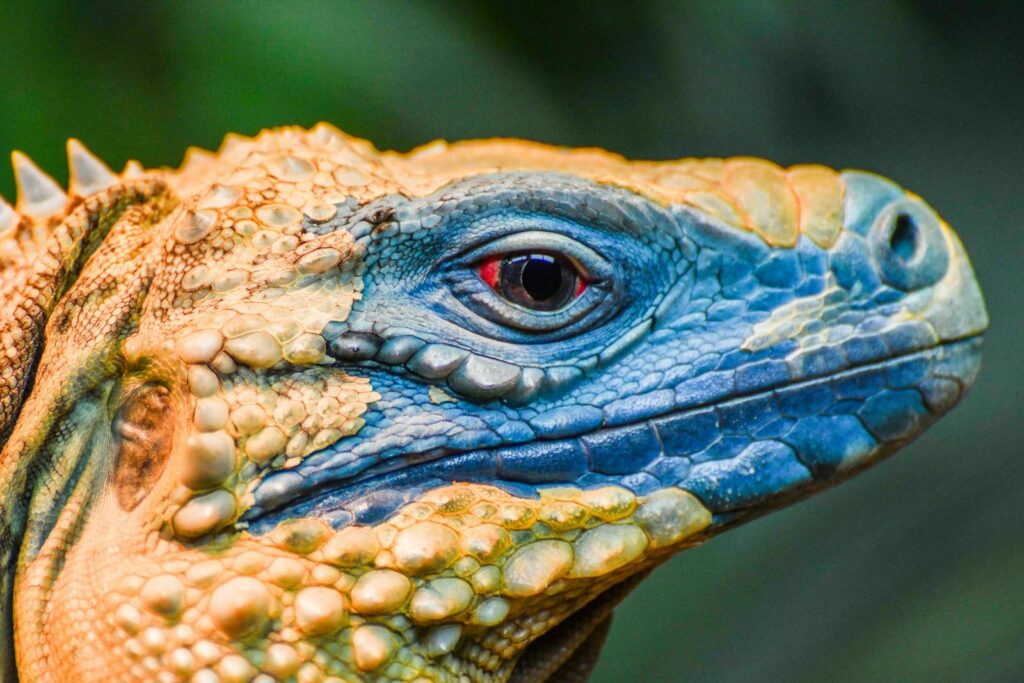
Blue-tongued skinks represent an excellent choice for families seeking a larger, yet remarkably gentle reptile companion. Native to Australia and parts of Indonesia, these distinctive lizards typically reach 18-24 inches in length and possess stocky, robust bodies that make them less fragile when handled by supervised children. Their popularity stems largely from their naturally calm temperaments – most specimens tolerate handling extremely well after a brief adjustment period. Blue-tongued skinks are particularly noted for their intelligence among reptiles, with many owners reporting that their pets recognize family members and respond to routine interactions. Their omnivorous diet presents educational opportunities for children to learn about varied nutrition, as these skinks thrive on a combination of plant matter, proteins, and commercial reptile foods.
Corn Snakes: Colorful and Calm
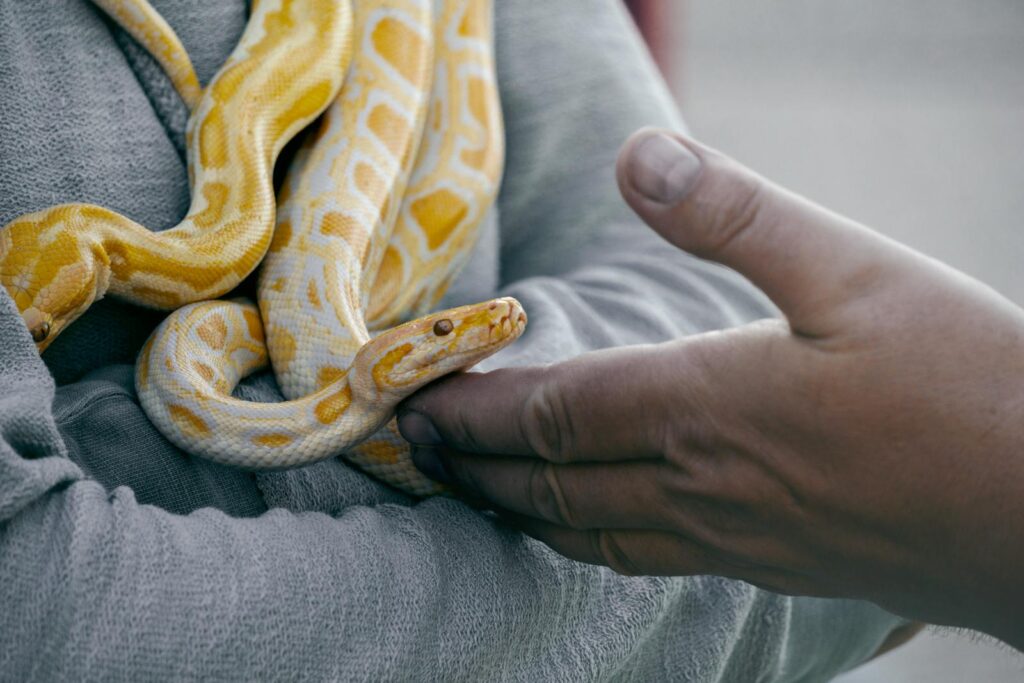
For families comfortable with serpentine pets, corn snakes represent one of the most child-friendly snake species available in the pet trade. These North American natives rarely exceed 5 feet in length and maintain slender bodies throughout their lives, making them manageable even for older children under proper supervision. Corn snakes have earned their reputation for exceptional temperaments – they rarely bite, typically preferring to retreat rather than display aggressive behaviors when stressed. Their care requirements remain relatively simple by reptile standards, with basic heating needs and straightforward feeding protocols involving pre-killed rodents. Additionally, corn snakes come in dozens of captive-bred color morphs (variations), allowing families to select from vibrant oranges, reds, whites, and patterns that children find particularly engaging.
Greek and Russian Tortoises: Long-Term Companions
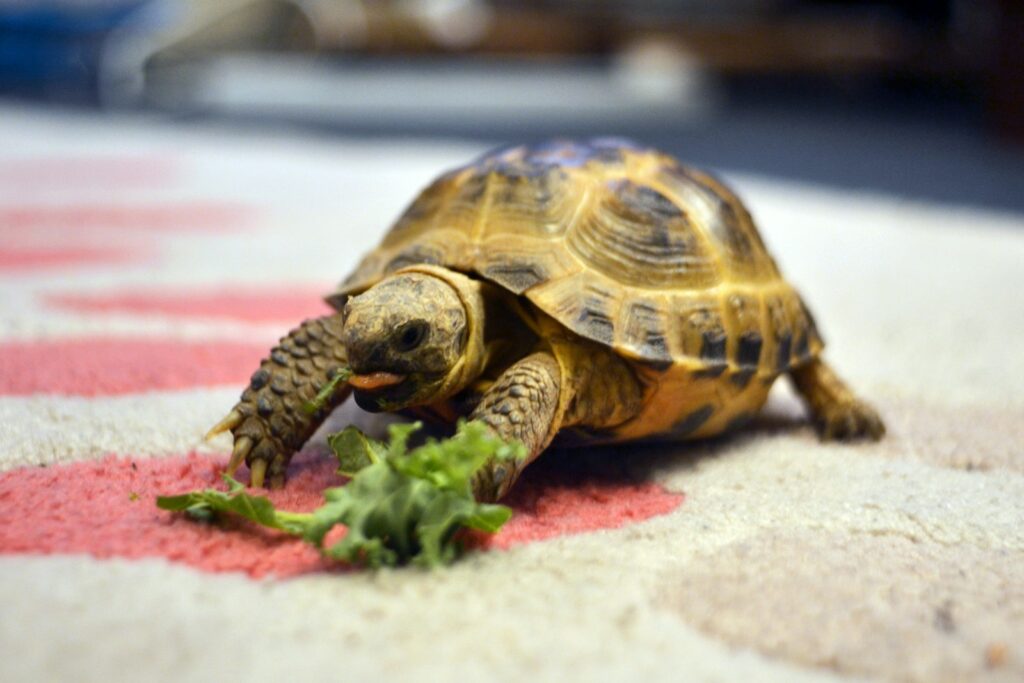
Smaller tortoise species, particularly Greek and Russian varieties, offer excellent options for families seeking reptilian companions with substantial lifespans. These tortoises typically grow to shell lengths of 8-10 inches, making them substantial enough to handle safely without being unmanageably large. Their natural behaviors include slow, deliberate movements that make them less likely to startle or attempt escape during supervised handling sessions with children. Both species display remarkable hardiness when properly maintained, adapting well to family environments with appropriate outdoor and indoor accommodations according to climate. The primarily herbivorous diet of these tortoises provides excellent educational opportunities regarding plant nutrition, with children often enjoying helping prepare fresh greens and vegetables for their shelled companions.
Ball Pythons: Gentle Serpents
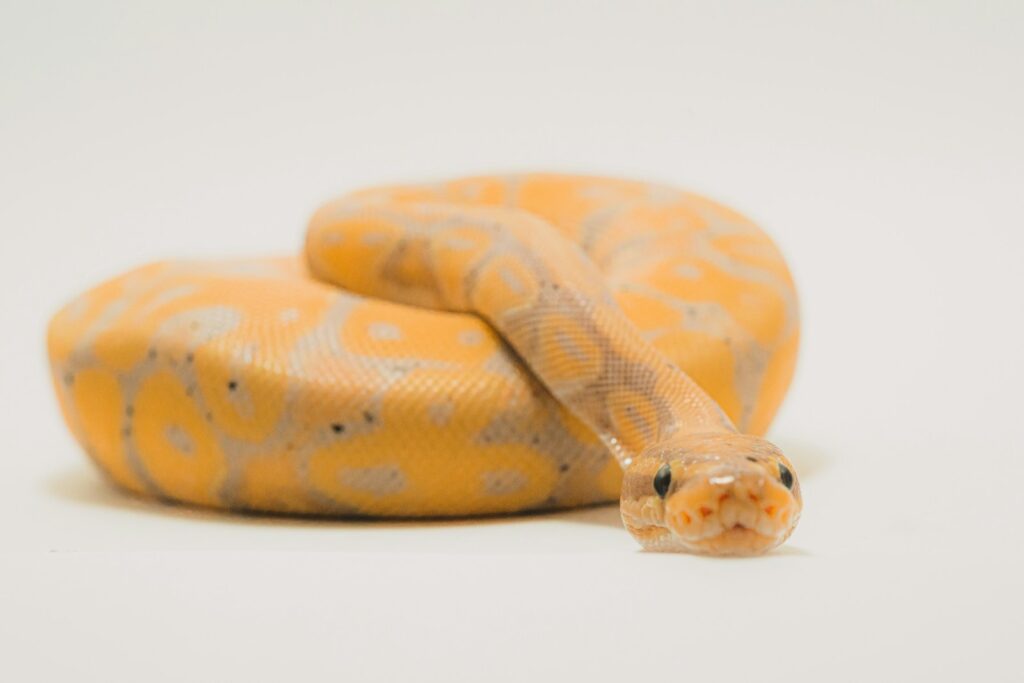
Ball pythons have earned their place among family-friendly reptiles through their exceptionally calm dispositions and manageable size. Rarely exceeding 5 feet in length (with females typically larger than males), these African constrictors possess stocky but not overwhelming bodies that remain manageable throughout their lives. Their common name derives from their defensive behavior of curling into a ball when stressed – rather than striking aggressively like many snake species. Ball pythons typically become remarkably docile with regular handling, often remaining calmly draped around a handler’s arms or shoulders during interaction sessions. Their relatively slow movement patterns make them less unpredictable than many reptiles, though they still require respect and proper support during handling sessions with children.
Crested Geckos: Velcro-Footed Climbers
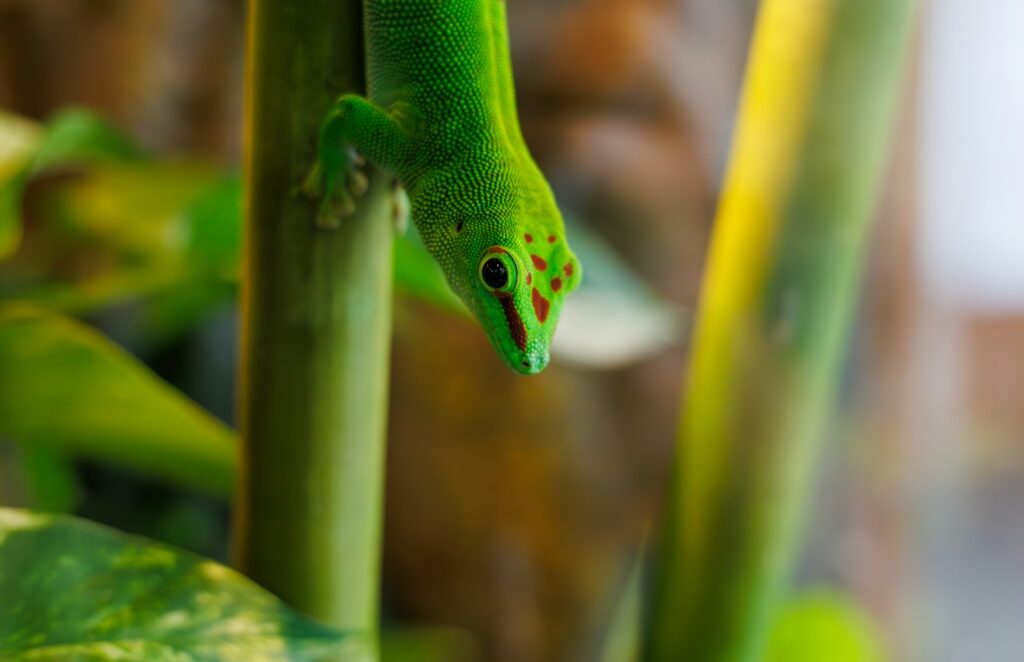
Crested geckos combine unique characteristics with straightforward care requirements, making them increasingly popular for families with children. Native to New Caledonia, these distinctive geckos typically reach only 8 inches in length and possess specialized toe pads that allow them to climb vertical surfaces with remarkable ease. Their care presents fewer challenges than many reptiles – they thrive at room temperature and consume commercially available powdered diets mixed with water, supplemented occasionally with insects. Crested geckos generally tolerate gentle handling well, though their ability to jump unexpectedly means supervision remains essential with younger children. Their captivating appearance, featuring distinctive head crests and variable patterns, provides visual interest that children particularly appreciate.
Proper Enclosure Setup for Child Safety
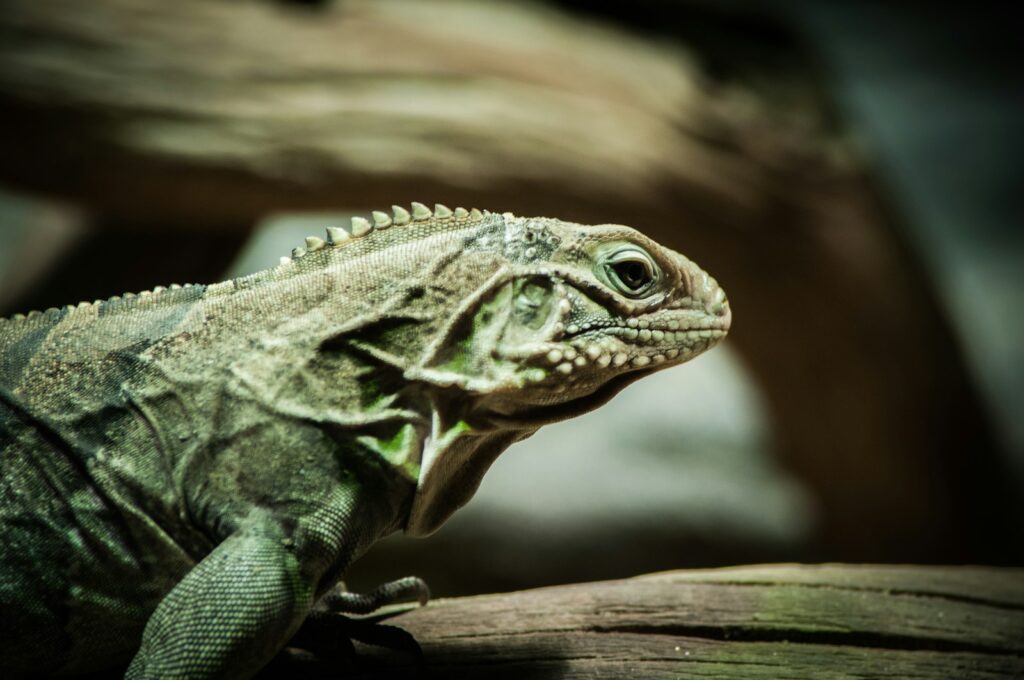
Creating appropriate habitats for family reptiles requires balancing the animal’s welfare with household safety considerations. Secure enclosures with locking mechanisms or childproof latches prevent both unauthorized handling and potential escapes that could stress the animal. Glass terrariums with screen tops typically offer the best combination of visibility, security, and proper ventilation for most beginner reptile species. Habitat designs should eliminate sharp edges, unstable decorations, or loose substrates that might pose hazards during supervised interaction times. Families should position reptile enclosures away from high-traffic areas that might cause stress to the animal, yet remain visible enough for regular observation and educational opportunities for children.
Teaching Children Proper Handling Techniques

Successful reptile keeping in families hinges on establishing proper handling protocols that both children and adults consistently follow. Children should always wash hands before and after reptile interactions to minimize disease transmission risks, including potential Salmonella exposure. Proper support techniques vary by species – snakes require support along their entire body length, while lizards and tortoises need secure platforms under their legs and bodies. Families should establish clear rules about handling frequency and duration, as over-handling can stress even the most docile reptiles. Creating a “two-hand rule” (using both hands for support) and “sitting-only handling” (remaining seated while holding the reptile) provides additional safety measures for both child and animal.
Health Considerations for Household Reptiles

Maintaining reptile health in family environments requires awareness of both animal welfare and human health considerations. All reptiles potentially carry Salmonella bacteria, making proper hygiene practices non-negotiable in households with children – particularly those under five years old, immunocompromised individuals, or elderly family members. Families should establish dedicated cleaning equipment for reptile enclosures, never using kitchen or bathroom areas for habitat maintenance tasks. Regular veterinary check-ups with exotic animal specialists provide important health monitoring, as reptiles often mask illness symptoms until conditions become advanced. Creating a “sick plan” in advance helps families respond appropriately to potential health issues, including identifying emergency exotic veterinary services in their area.
Allergies and Reptile Compatibility
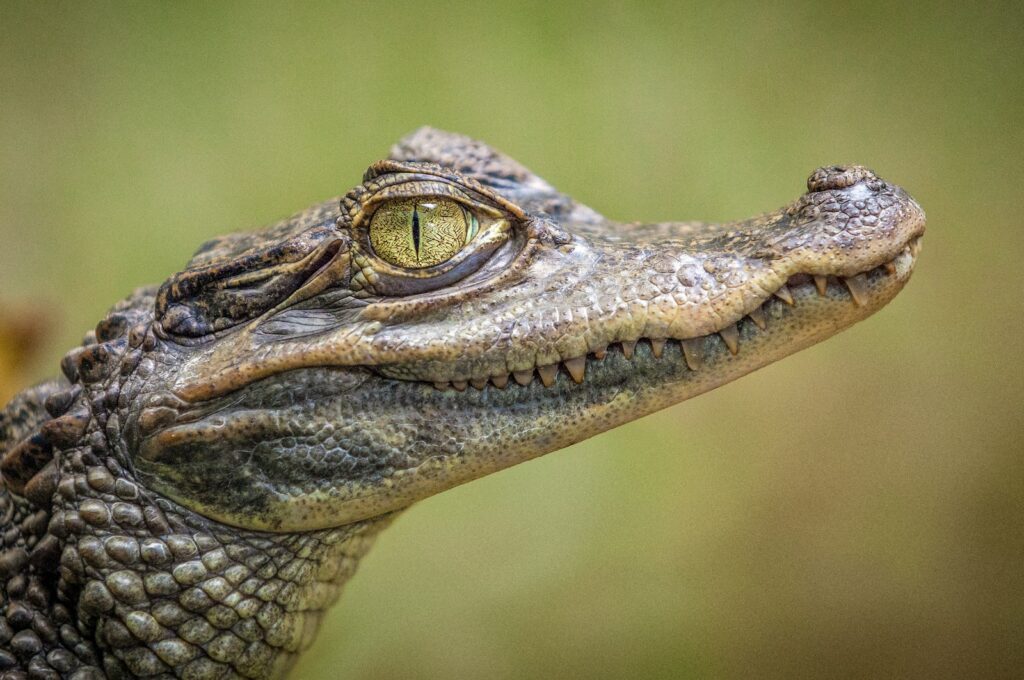
Reptiles often represent viable pet options for children with allergies to mammalian companions like cats or dogs. The keratin-based scales covering most reptiles rarely trigger allergic responses, as they don’t produce dander comparable to furry pets. However, families should recognize that reptile habitats – particularly substrates like wood chips, moss, or coconut fiber – can potentially harbor molds or dust that might affect sensitive individuals. Some reptile foods, particularly live insects like crickets and mealworms, may cause reactions in children with specific insect allergies. A gradual introduction approach allows families to identify any sensitivity issues before fully committing to reptile ownership, starting with brief, supervised visits to reptile-keeping friends or educational exhibits.
Educational Benefits of Reptile Keeping
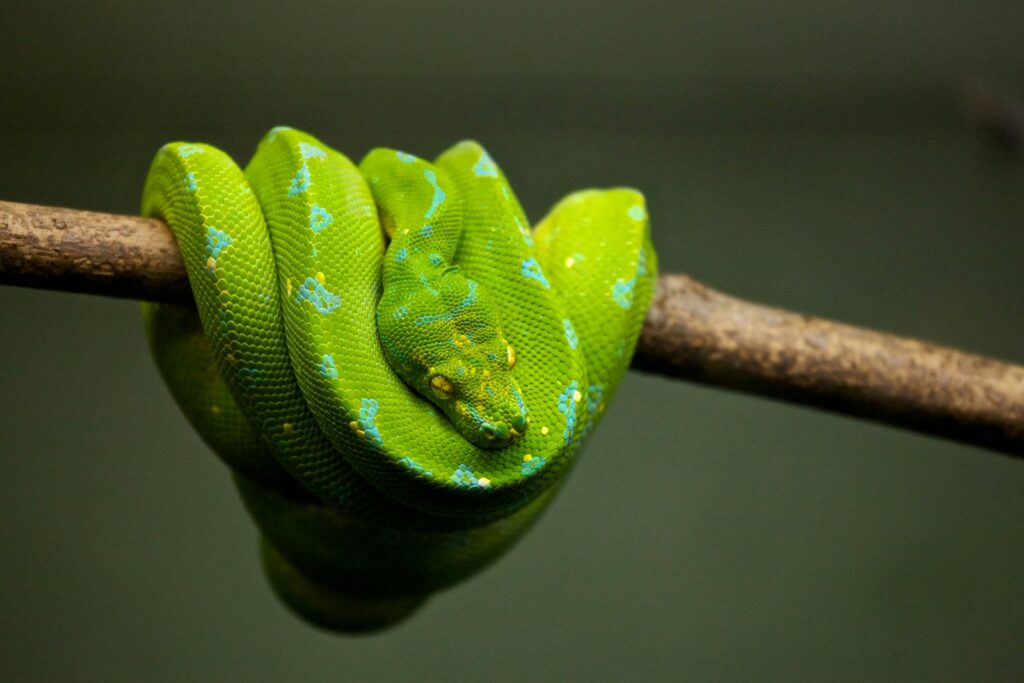
Reptile companions offer unique educational opportunities that extend beyond typical pet relationships. Children develop observational skills through monitoring behaviors, feeding responses, and subtle environmental preferences that these animals display. The care requirements introduce concepts of microclimate management, nutritional science, and behavioral enrichment that build scientific thinking patterns. Many families report that reptile keeping naturally encourages research habits, as children become motivated to learn more about their pet’s natural history, wild behaviors, and conservation status. Additionally, the responsibility of maintaining specific temperature gradients, humidity levels, and dietary requirements builds planning skills and attention to detail that transfer to other areas of development.
Long-Term Commitment Considerations

Families considering reptile pets must realistically evaluate the long-term commitment these animals represent. Many common reptile pets enjoy considerable longevity – tortoises potentially surviving decades, ball pythons regularly reaching 20+ years, and even “starter” species like bearded dragons often living 8-12 years with proper care. This timeline often spans significant portions of childhood, potentially extending into college years when housing situations may complicate pet keeping. Families should honestly assess their willingness to maintain appropriate environments through various life transitions, including potential relocations, household changes, or evolving interests as children mature. Creating contingency plans for reptile care during vacations, emergencies, or major life changes represents an essential part of responsible ownership planning.
Conclusion
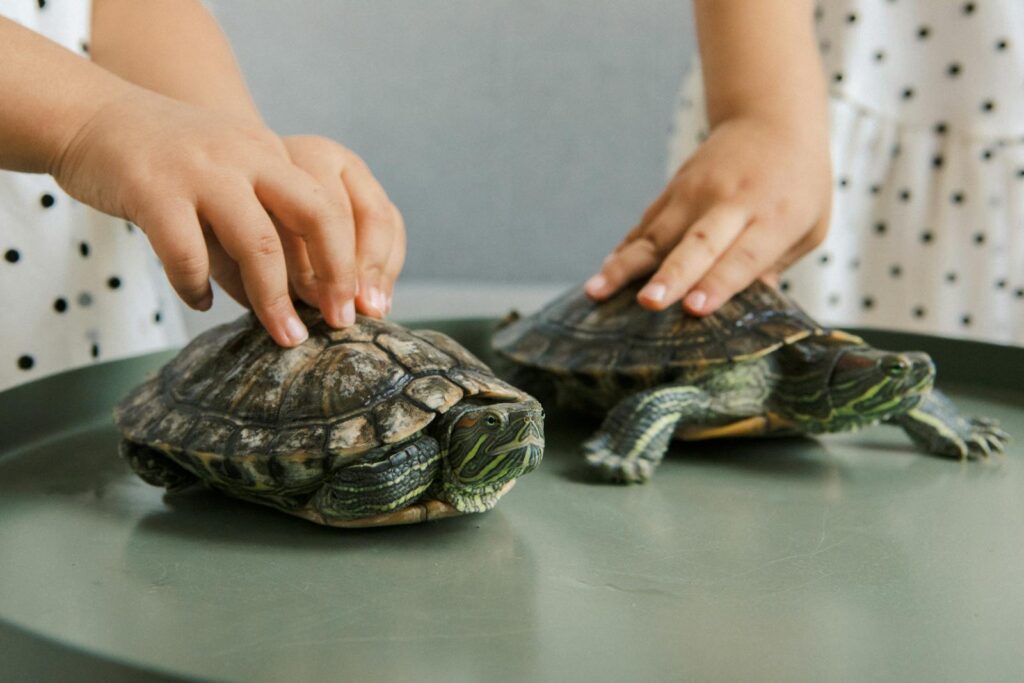
Introducing reptiles to households with children offers unique opportunities for educational growth, responsibility development, and fascinating companionship when species selection matches family capabilities. The most successful reptile-keeping experiences begin with thorough research, appropriate species selection, and realistic expectations regarding care requirements and longevity. By choosing naturally docile species, establishing proper handling protocols, and maintaining consistent husbandry routines, families can create enriching relationships with these remarkable animals while ensuring both child and reptile safety. Whether drawn to the friendly personality of bearded dragons, the gentle nature of blue-tongued skinks, or the calm temperament of leopard geckos, families have several excellent options for bringing the fascinating world of reptiles safely into their homes.

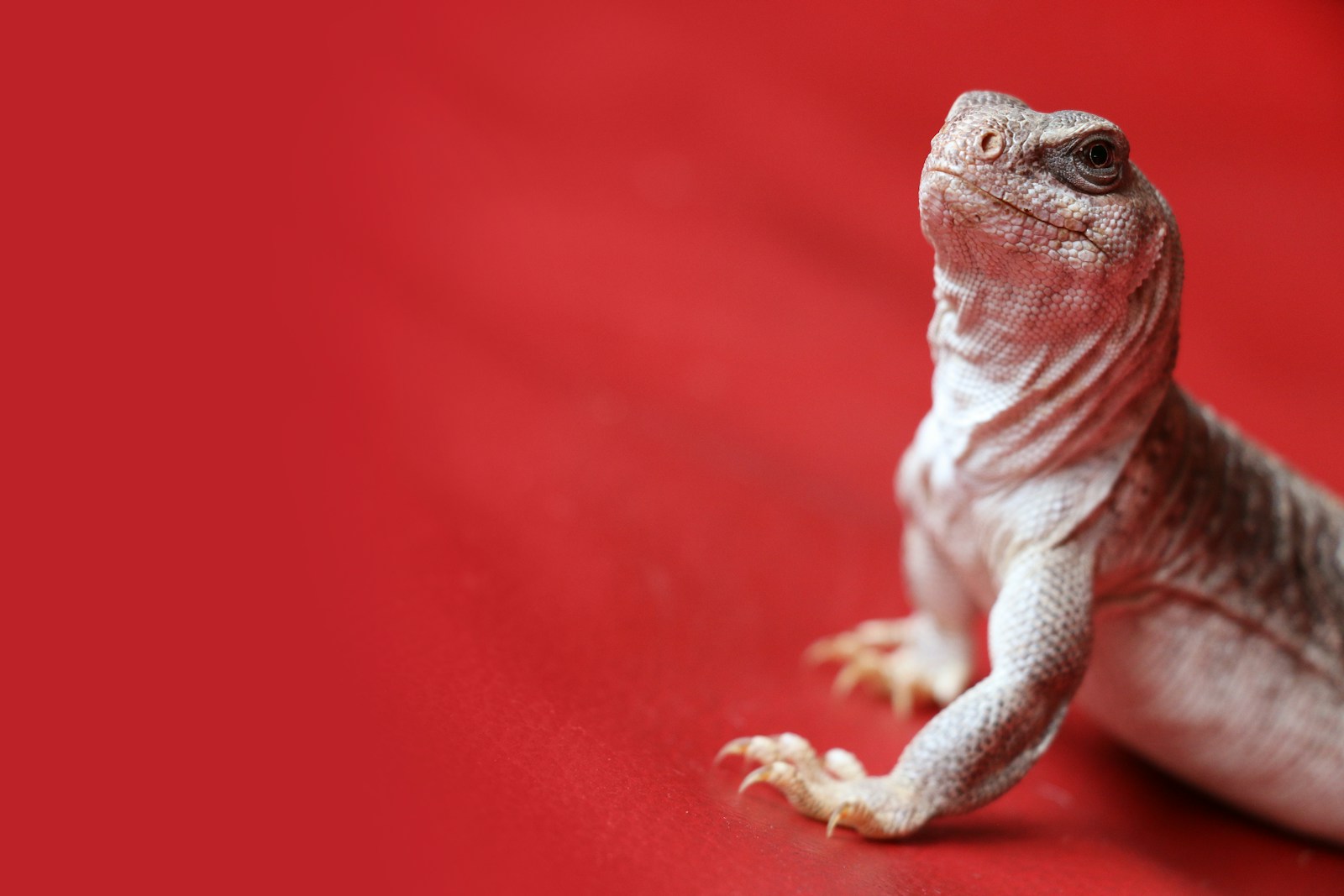







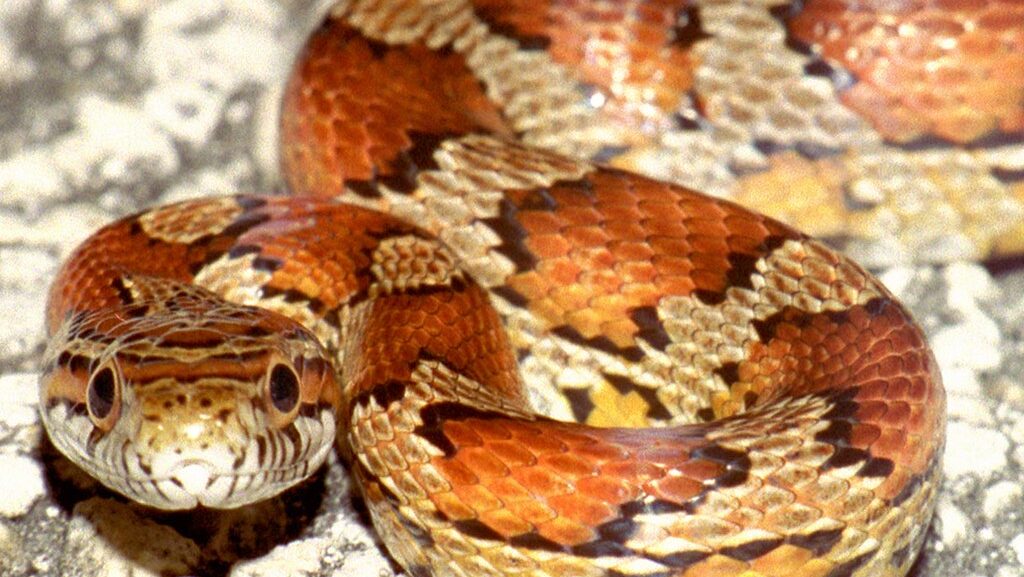
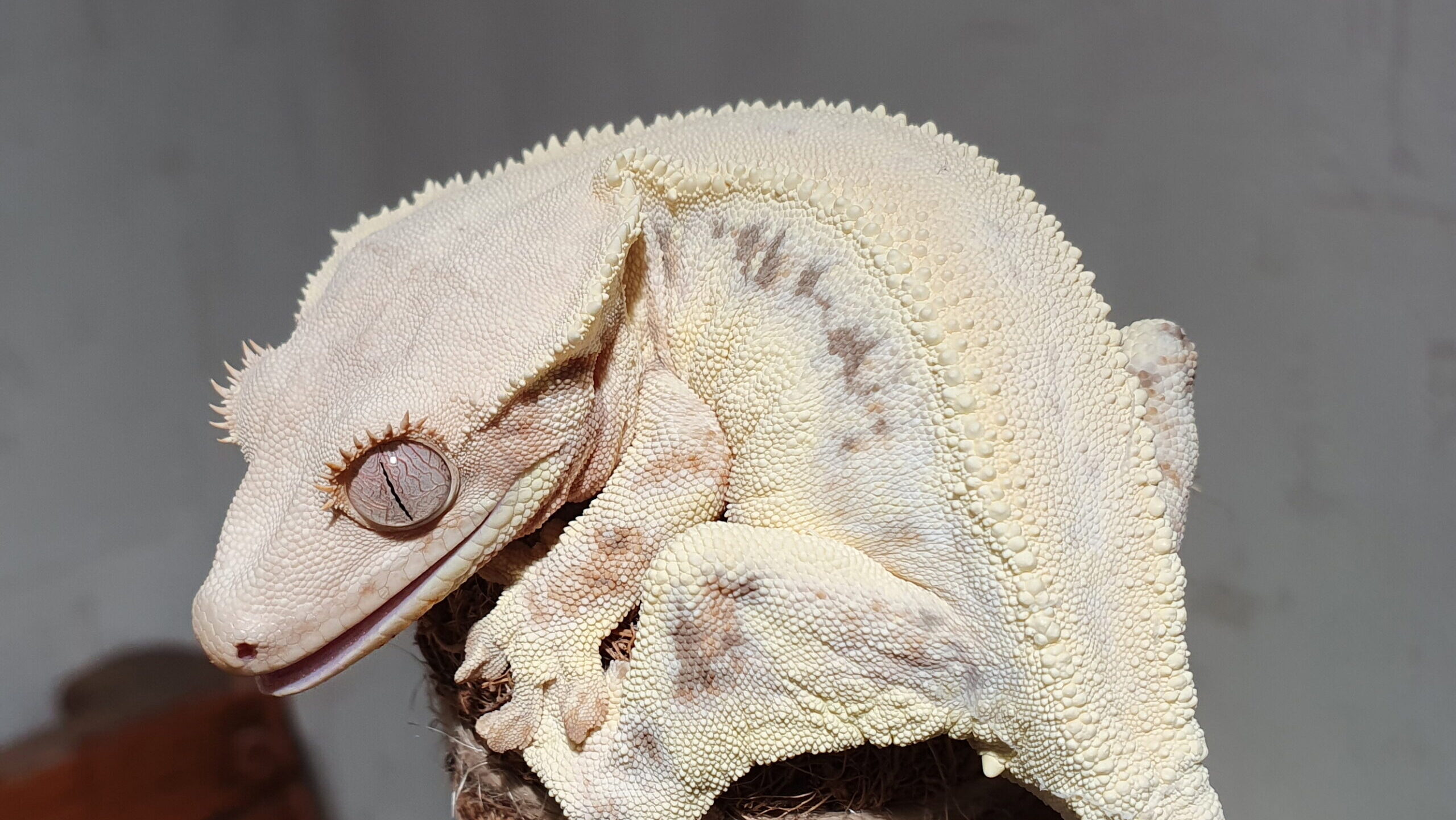





Leave a Reply